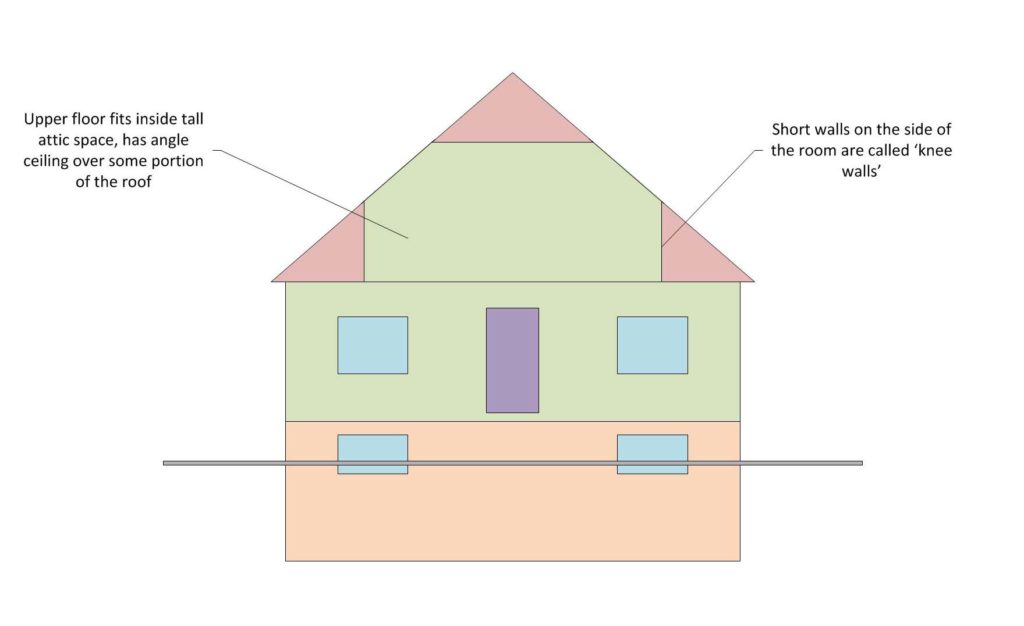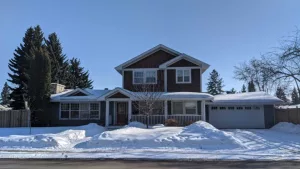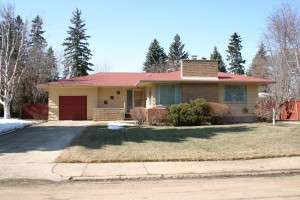What is a Semi-Bungalow?
A semi-bungalow is a house with a main floor and one upper floor built into what would typically be an attic. The second floor of a semi-bungalow is never as large as the main floor.
Real Estate Agent Explains Semi-Bungalows
The semi-bungalow style of Edmonton home was popularized after World War II and it gave people more room than they had in a small bungalow house, which was popular in the pre-war period. The advantage to a semi-bungalow is that the footprint of the home is often still quite small, but the extra lumber needed to make the extra floor in what would usually be an attic wasn’t nearly as much as you would need in a two-story home. Because there was a rush to build homes at the time, but people also wanted more interior space, this was the perfect cost-effective solution. Dormers were sometimes added (by builders or afterwards as a renovation) to semi-bungalows as a way to increase floor space and adding functionality and extra light. Semi-bungalows are quite common in Edmonton in areas that were developed anywhere from 1900 to the 1950s. By the 1960s, this style of home was becoming much less popular and the large bungalow was the design standard.


Why Does It Matter?
Semi-bungalows are not 1.5 story homes, and the distinction is important for buyers to understand. Semi-bungalows have sloped ceilings in the upstairs story and this can add a lot of character to a home. However, this design also diminishes the space between the roof and interior ceiling reducing energy efficiency and making issues like ice-damming more prevalent. A typical semi-bungalow would have two bedrooms upstairs and doesn’t leave much room for bathrooms and closet space.

